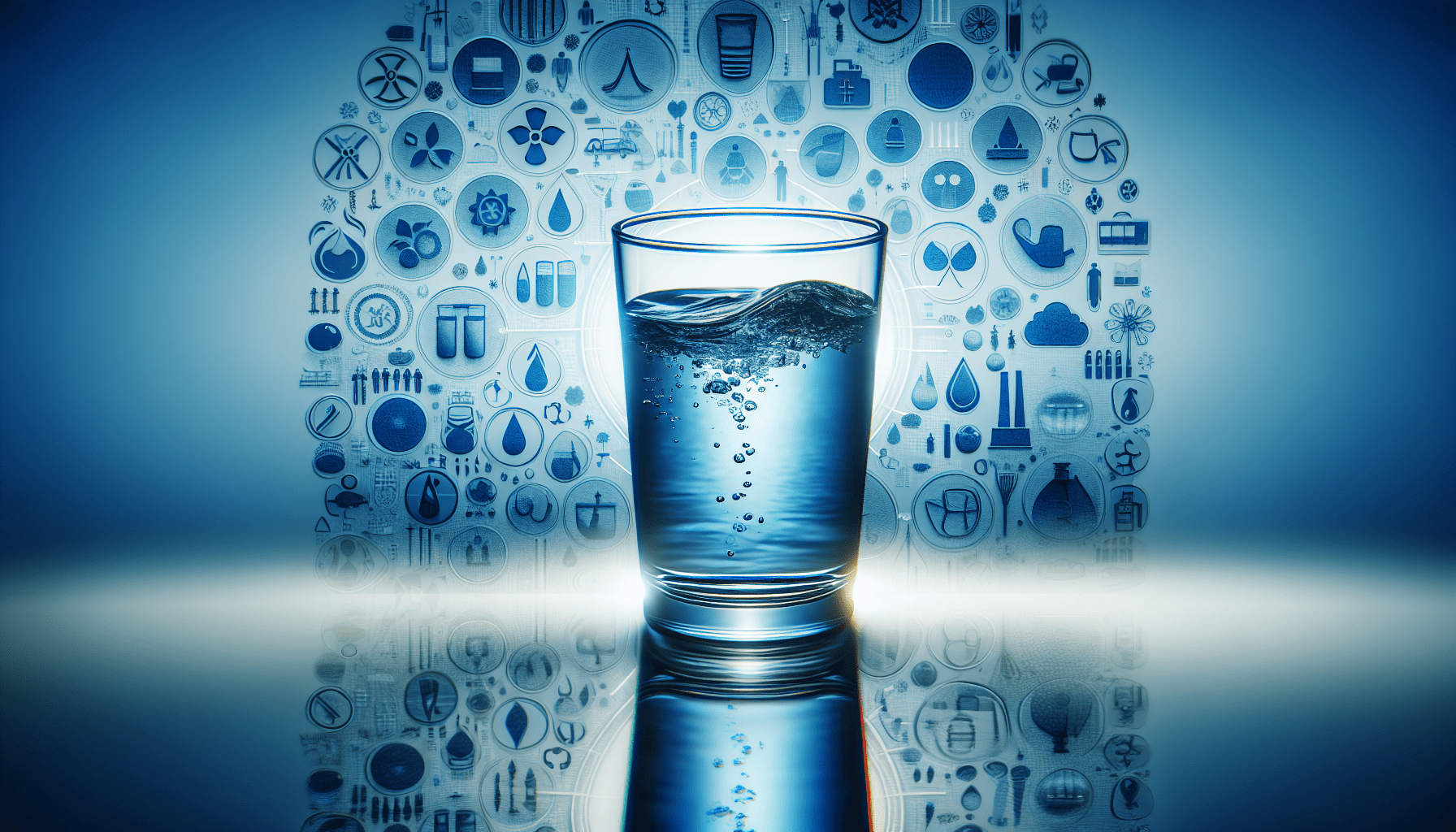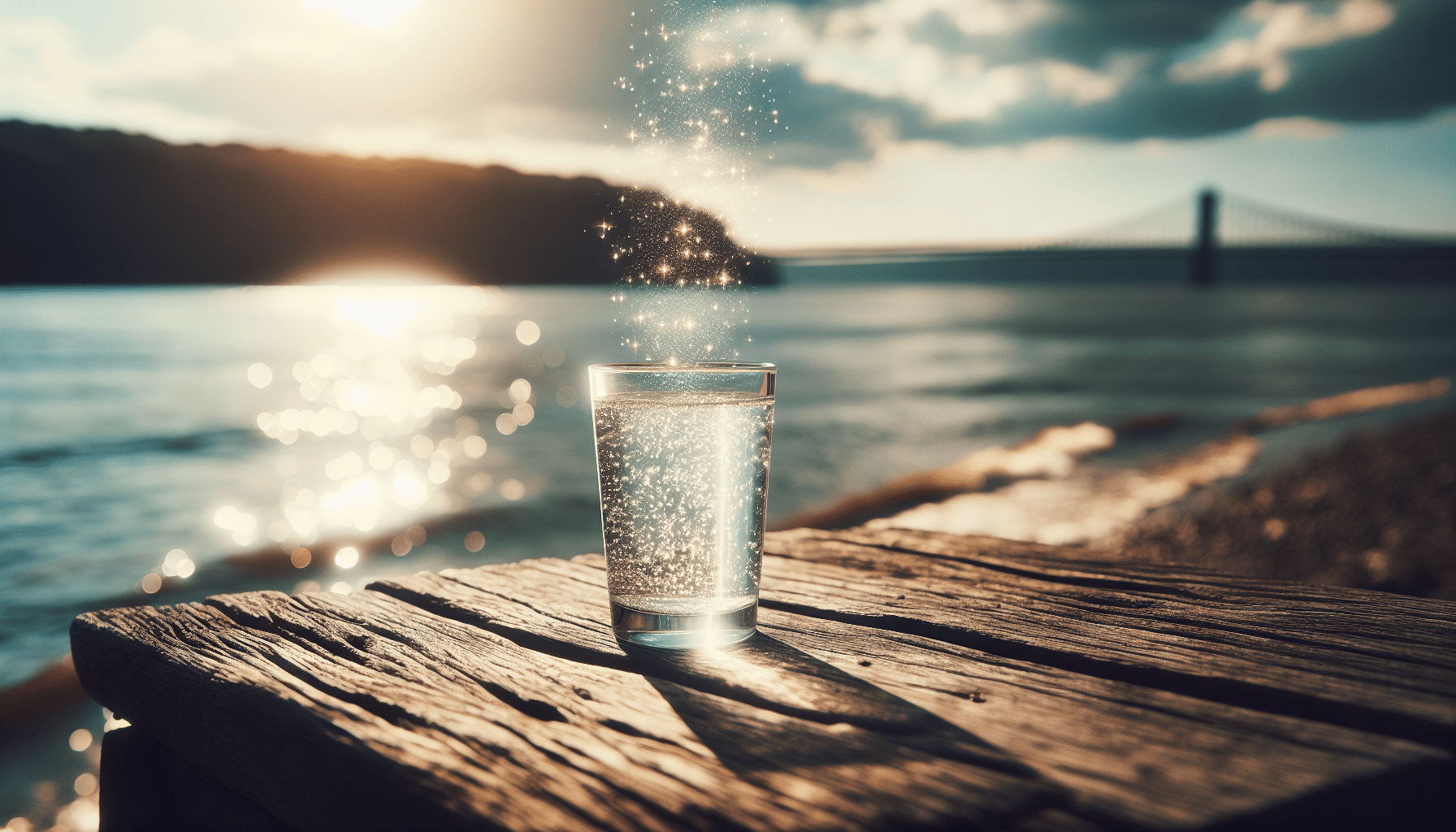Is Hudson River Water Drinkable?

If you’re an adventure seeker looking to experience the thrill of jet skiing in the heart of nature, Orange Beach, AL is the place to be. And when it comes to renting jet skis, there’s one company that stands out from the rest – A2Z Powersport. With their expertise in the industry and extensive knowledge of jet skis, they are the go-to company for all your jet skiing needs. Located at the Fort Morgan Marina, A2Z Powersport offers an unforgettable experience on the water. But amidst all the excitement, have you ever wondered about the quality of the water you’re riding on? Specifically, is Hudson River water drinkable? Let’s explore this question and find out.
Introduction
Welcome to this comprehensive article on the Hudson River and its water quality. In this guide, we will take a closer look at the geographical location of the Hudson River, its importance and significance, as well as the concerns regarding its water quality. We will also explore the various sources of contamination, assess the potential risks for human health, discuss the regulations and monitoring efforts in place, and delve into the methods of water treatment. Additionally, we will examine the public perception of drinking Hudson River water, explore historical incidents and cleanup efforts, and shed light on the inspiring community initiatives surrounding the river. So sit back, relax, and let’s dive into the world of the Hudson River.
Overview of the Hudson River
Geographical location
The Hudson River, named after the English navigator Henry Hudson, stretches for approximately 315 miles, flowing through the eastern part of New York State in the United States. It originates from Lake Tear of the Clouds in the Adirondack Mountains and flows south, eventually emptying into the Atlantic Ocean at New York Harbor. The river passes through various regions, including the Hudson Valley, offering breathtaking views, diverse wildlife, and numerous recreational opportunities for both locals and visitors alike.
Importance and significance
The Hudson River has played a vital role throughout history, serving as a major transportation route for trade and commerce. It was once a thriving hub for shipbuilding, fishing, and manufacturing. Today, the river continues to be an essential resource for recreation, tourism, and a source of drinking water for millions of people living along its banks. Furthermore, the Hudson River is a treasured symbol of the environmental movement, marking a turning point in the fight to protect and restore the health of our waterways.
Water quality concerns
While the Hudson River boasts a rich history and significance, it has also faced its fair share of water quality challenges. Over the years, contaminants have found their way into the river, posing risks to human health and the ecosystem as a whole. These concerns have led to a focus on understanding and addressing the sources of contamination, as well as implementing regulations, monitoring efforts, and water treatment methods to safeguard the river’s water quality.
Sources of Contamination
To comprehend the challenges facing the Hudson River’s water quality, it is essential to examine the various sources of contamination.
Industrial pollution
Historically, industrial activities have been a significant contributor to the pollution of the Hudson River. Manufacturing plants and factories were known to discharge various harmful substances directly into the river, including heavy metals, chemicals, and hazardous waste. While significant progress has been made in regulating and reducing industrial pollution, the legacy of past practices still poses ongoing challenges for the health of the river.
Agricultural runoff
Agricultural activities, such as farming and livestock production, can contribute to water pollution through runoff. Excessive use of fertilizers, pesticides, and manure can find their way into the river, leading to an increase in nutrients, sedimentation, and harmful algal blooms. Implementing sustainable farming practices and proper land management strategies are essential to mitigate these impacts and protect the water quality of the Hudson River.
Sewage and wastewater discharge
The discharge of sewage and wastewater is another source of contamination for the Hudson River. While significant progress has been made in reducing the direct discharge of untreated sewage, combined sewer overflows during heavy rain events can still occur, leading to the release of untreated wastewater into the river. Additionally, inadequately treated wastewater from sewage treatment plants can also contribute to the presence of contaminants in the river.
Stormwater runoff
Stormwater runoff, resulting from rainfall or snowmelt, can carry various pollutants into the Hudson River. Urban areas with large amounts of impervious surfaces, such as roads and parking lots, can exacerbate the issue by preventing the natural absorption of rainfall. The runoff can contain pollutants such as oil, metals, fertilizers, and bacteria, which can negatively impact water quality. Proper stormwater management practices, including the use of green infrastructure, can help reduce these pollution inputs.
Hazardous substances
The presence of hazardous substances is a significant concern for the Hudson River’s water quality. These substances can come from a variety of sources, including accidental spills, legacy contamination, and illegal dumping. Hazardous substances such as PCBs (polychlorinated biphenyls), heavy metals, and other toxic chemicals can persist in the environment for long periods, posing risks to both human health and the ecosystem.
Risk Assessment
Understanding the potential risks associated with Hudson River water consumption is crucial for ensuring public health and safety.
Effects of contamination on human health
The presence of contaminants in the Hudson River can have adverse effects on human health. Consuming water contaminated with harmful substances like PCBs or heavy metals can lead to various health issues, including liver damage, neurological disorders, and an increased risk of cancer. Additionally, exposure to pathogens present in untreated wastewater can result in waterborne illnesses, posing a threat to those who come into contact with or ingest the contaminated water.
Potential dangers of consuming Hudson River water
Considering the water quality concerns, it is important to note that drinking Hudson River water directly without proper treatment is not recommended. While the river undergoes treatment processes before reaching households, these processes are designed to remove or minimize contaminants, making the water safe for consumption. Engaging in activities such as swimming, boating, and fishing in the river is generally regarded as safe, as long as reasonable precautions are taken, and any fish caught for consumption adhere to advisory guidelines.
Regulations and Monitoring
Efforts to address water quality concerns in the Hudson River are supported by a framework of regulations and monitoring initiatives.
Environmental Protection Agency (EPA) standards
The Environmental Protection Agency (EPA) plays a significant role in protecting water quality across the United States, including the Hudson River. The EPA sets and enforces water quality standards, establishes limits for the discharge of pollutants, and works to prevent contamination of water sources. The Clean Water Act, administered by the EPA, serves as a cornerstone for protecting the nation’s water resources, including the Hudson River.
New York State Department of Environmental Conservation (DEC) regulations
At the state level, the New York State Department of Environmental Conservation (DEC) plays a crucial role in protecting and managing the water resources of New York, including the Hudson River. The DEC regulates wastewater discharge permits, oversees the implementation of water quality standards, and works to prevent and mitigate pollution events. Through a combination of regulatory measures and enforcement actions, the DEC aims to preserve and improve the water quality of the Hudson River.
Water quality monitoring efforts
Continuous monitoring of the Hudson River’s water quality is essential to track changes, identify emerging issues, and assess the effectiveness of management strategies. Multiple organizations, including government agencies, academic institutions, and nonprofit organizations, collaborate to monitor various aspects of the river’s water quality, such as nutrient levels, contaminants, bacteria, and overall ecosystem health. These monitoring efforts provide valuable data that informs decision-making and guides the implementation of actions to protect and restore the river’s water quality.
Water Treatment Methods
To ensure the safety of drinking water from the Hudson River, treatment processes are employed at municipal water treatment plants.
Municipal water treatment plants
Municipal water treatment plants are responsible for treating raw water from the Hudson River before it is distributed to households and businesses. These treatment plants utilize a combination of physical, chemical, and biological processes to remove impurities and ensure the water meets regulatory standards. The treatment steps typically include coagulation, sedimentation, filtration, disinfection, and pH adjustment.
Filtration and disinfection processes
Filtration is a crucial component of water treatment, responsible for removing suspended solids, fine particles, and certain microorganisms. Common filtration methods include rapid sand filtration, where water passes through layers of sand and gravel, and membrane filtration, which utilizes semi-permeable membranes to filter out contaminants. Disinfection, often achieved through the use of chlorine or ultraviolet (UV) light, ensures that any remaining pathogens or bacteria are eliminated, making the water safe for consumption.
Drinking Hudson River Water
Public perception and misconceptions
Public perception regarding the drinkability of Hudson River water varies, with some individuals believing it to be unsafe due to historical pollution incidents. However, it is important to note that the water provided by municipal treatment plants undergoes rigorous processes to ensure its safety before reaching consumers. It is crucial to dispel misconceptions and recognize that drinking water sourced from the Hudson River, when properly treated, meets regulatory standards and is safe for consumption.
Emergency situations
In emergency situations, such as natural disasters or infrastructure failures, it may be necessary to rely on alternative water sources. In such cases, additional treatment methods, such as boiling or using portable water filters, may be needed to ensure the water’s safety. It is important to follow public health guidance and consult local authorities in these situations.
Alternative uses of Hudson River water
While drinking Hudson River water directly may not be recommended, the river offers numerous opportunities for recreational activities such as boating, swimming, and fishing. Engaging in these activities, while taking necessary precautions and adhering to advisory guidelines, can still be enjoyed. The river’s scenic beauty, wildlife, and cultural significance make it a valuable resource for both locals and visitors.
Case Studies
To better understand the challenges faced by the Hudson River and the progress made in addressing water quality concerns, let’s explore a few case studies.
Historical incidents of contamination
The Hudson River has experienced notable incidents of contamination in the past, with one of the most documented being the pollution caused by PCBs discharged by General Electric (GE) plants. This contamination led to the banning of commercial fishing due to concern over the safety of consuming fish from the river. Other incidents involved spills of petroleum products and hazardous chemicals, emphasizing the need for enhanced environmental stewardship and pollution prevention.
Cleanup efforts and success stories
Despite the challenges, significant strides have been made in restoring the health of the Hudson River. The cleanup of PCBs from the river, spearheaded by the EPA and GE, stands as a prime example of successful remediation efforts. Through a combination of dredging, capping, and habitat restoration, the levels of PCBs in fish have significantly decreased, allowing for the partial lifting of fishing restrictions. These efforts showcase the potential for environmental recovery and inspire further action for the river’s restoration.
Community Initiatives
The passion and dedication of community organizations, volunteers, and educational programs have played a crucial role in protecting and restoring the Hudson River.
Volunteer organizations
Volunteer organizations, such as Riverkeeper and Clearwater, actively engage in monitoring, advocacy, and cleanup efforts along the Hudson River. These organizations bring together concerned individuals who work tirelessly to protect the river’s water quality, educate the public, and encourage sustainable practices.
Educational programs
Educational programs, both formal and informal, contribute to raising awareness about the importance of the Hudson River and its water quality. Schools, universities, museums, and environmental centers offer a range of educational opportunities, including field trips, workshops, and citizen science initiatives. By equipping individuals with knowledge and fostering a sense of stewardship, these programs empower the community to become active participants in safeguarding the river.
Advocacy and awareness campaigns
Numerous advocacy and awareness campaigns focus on the protection and restoration of the Hudson River. These campaigns raise public awareness about the importance of clean water, promote sustainable practices, and advocate for stronger regulations and funding. By mobilizing individuals, communities, and policymakers, these campaigns create a collective voice for change, helping shape policies and initiatives aimed at preserving the Hudson River for future generations.
Conclusion
The Hudson River is a remarkable natural resource with a complex history and ongoing challenges regarding its water quality. While the river has faced pollution from various sources, significant efforts have been made to mitigate contamination and restore its health. Through robust regulations, monitoring initiatives, and water treatment processes, the safety of drinking water from the Hudson River is ensured. It is important to recognize the progress made, dispel misconceptions, and embrace the numerous recreational opportunities the river offers. The inspiring work of community organizations, educational programs, and advocacy campaigns further strengthens the collective commitment to protect and restore the Hudson River, ensuring its viability for generations to come.








